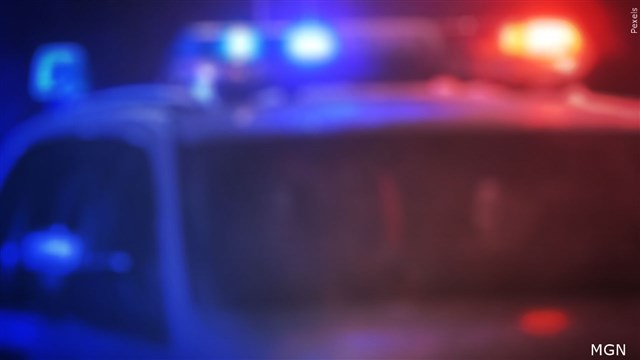‘Proper installation’ of car seats saves kids’ lives, says mom and car seat expert

By GENEVIEVE SHAW BROWN, ABC News
(NEW YORK) — When Courtney Ilarraza’s minivan was totaled by a car traveling 60 mph on the three-mile trip from the beach to her home in Brooklyn, New York, her three children walked away unscathed.
Despite the intensity of the collision, the then-3-year-old in a five-point harness was just fine.
“I remember buckling her in and she was saying the straps were too tight,” Ilarraza told ABC News’ Good Morning America. “But I told her that’s how it was supposed to be.”
This week is Child Passenger Safety Week, which focuses on the proper use of car safety seats for children.
Ilarraza, who runs Baby Bodyguards, a baby-proofing company that also offers clinics and private sessions on proper installation of car seats, told GMA that the car seat itself is less important than how it’s installed. She is also a certified passenger safety technician.
“All car seats manufactured in the U.S. are held to the same crash-test standards,” she said. “The difference is the bells and whistles, some of which have to do with the ease of installation.”
For example, the Britax Click Tight has a light that turns green when the seat is installed properly.
“It’s super user friendly,” she said.
“Someone like me can get a less expensive seat because I know how to thread the straps and how to install it properly,” Ilarraza told GMA.
But when she makes recommendations, she said, she does advise parents to buy the seats that make it crystal clear they’ve been installed properly.”
“Installation is crucial,” she said. “Say you get your car seat professionally installed the first time it goes in the car, but then your kids throws up in it and you need to remove it to clean it. You want a seat that anyone can put back in the car correctly and safely.”
Technology has come a long way, she said.
The American Academy of Pediatrics changed its car seat recommendations in 2018 to keep children in rear-facing seats as long as possible. It had previously suggested rear-facing until the age of 2.
“It’s based on size rather than age,” Ilarraza said. “And that varies between each manufacturer.”
As for specific car seat recommendations, Ilarraza said the Britax Click Tight, the Uppababy Mesa and the Graco 4ever all-in-one are all easy to install. Once the child is in the seat, it’s important the chest piece goes across the nipple line.
“It’s the perfect position to absorb impact,” she said.
Finally, never use a second-hand seat, Ilarraza advised.
“You don’t know the history of the seat,” she said, and “any seat involved in a car accident needs to be discarded and replaced.”
More expert tips from Alisa Baer, known as The Car Seat Lady:
“In my 22 years experience helping parents install more than 15,000 car seats, the most common mistakes I see are ‘loose and lose,’ the car seat is installed too loosely in the car, and the harness straps are too loose on the child’s body,” Baer told GMA.
She sent her top three tips for safe car seat installation:
1. Installation: My inside/outside technique can help parents achieve a tighter installation with the majority of car seats on the market — both rear and forward-facing. And, using the vehicle seat back recline trick in combination with the inside/outside technique can provide additional help getting the car seat tight with less of a workout required.
2. Harnessing (which is installing the child in the seat…): When buckling a child, parents often don’t realize that moving the chest clip up to armpit level is the final step, and that while tightening the straps you want to keep the chest clip low, and pull upwards on the chest straps to gather the slack and then pull the tail to remove the slack.
3. Tethers: Every forward-facing car seat — where the child uses a five-point harness as their restraint — has a tether strap that secures the top of the car seat to an anchor in the back of the vehicle. Every forward-facing car seat is safer when the tether is used. Regardless of whether the forward-facing car seat is installed with the lower anchors (LATCH) or seat belt, always use the tether. Tethers decrease how far forward the child’s head moves in a crash by at least 4-6 inches, which greatly reduces the risk of brain and spinal cord injury. Not sure where the tether anchors are in your vehicle? Check here!
Copyright © 2020, ABC Audio. All rights reserved.
You Might Also Like



